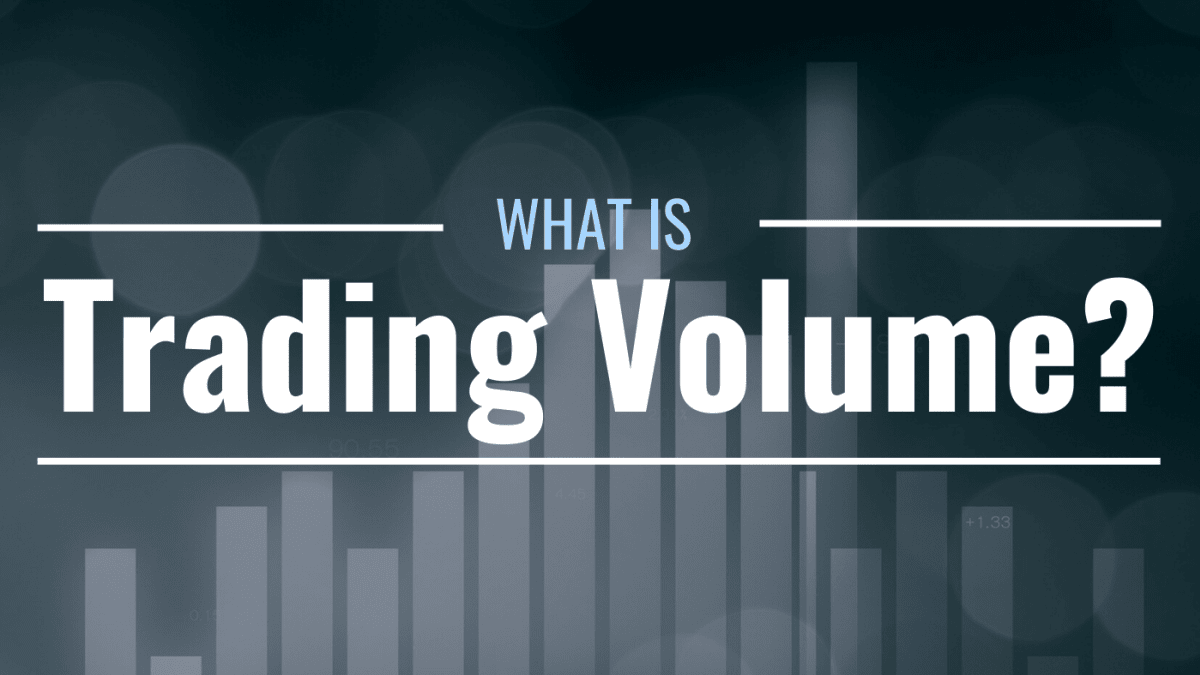The Importance of Trading Volume in Cryptocurrency: A Complete Guide
In the fast-paced and often volatile world of cryptocurrency, one of the most overlooked yet powerful indicators in technical analysis is trading volume. While price movements tend to dominate headlines and trading decisions, volume offers vital insight into market strength, trend confirmation, and investor sentiment.
This comprehensive guide will walk you through:
- What trading volume is
- Why volume matters
- How to interpret volume correctly
- Volume-based strategies
- Key tools and platforms to analyze volume
- Common mistakes and tips
1. What is Trading Volume?
Trading volume refers to the total amount of a cryptocurrency that is bought and sold during a specific time period. It’s often displayed as vertical bars on a chart beneath the price candlesticks.
Types of Volume:
- Spot Trading Volume: Volume on exchanges like Binance, Coinbase, or Kraken.
- Derivatives Volume: Volume in futures or options trading (e.g., on Bybit or Binance Futures).
- On-Chain Volume: Actual transactions recorded on a blockchain (useful for long-term trends).
2. Why Volume Matters in Crypto
a. Confirms Price Trends
Volume acts as the backbone of price movement. A price increase with high volume is more sustainable than one with low volume.
- Rising price + rising volume → Bullish confirmation
- Rising price + falling volume → Weak rally, possible reversal
- Falling price + rising volume → Bearish confirmation
- Falling price + falling volume → Weak downtrend, potential rebound
b. Identifies Reversals and Breakouts
Volume spikes can precede trend reversals or validate breakouts from price consolidation zones.
Example:
- A sudden breakout from a resistance level on high volume likely indicates a true breakout.
- A breakout with low volume may be a false signal or “fakeout.”
c. Detects Market Manipulation
Cryptos are vulnerable to “pump and dump” schemes or wash trading. Abnormal volume patterns can signal such activities.
- Unusual spikes in volume with no corresponding news could indicate manipulation.
- Comparing volume across multiple exchanges helps validate authenticity.
d. Gauges Investor Sentiment
Volume reflects how many market participants are actively trading. High volume indicates strong interest and conviction in the trend, while low volume shows apathy or indecision.
3. How to Analyze Trading Volume
a. Volume Bars
Volume bars are color-coded (green/red) to show whether the volume accompanied a price rise or fall.
- Green volume bar → Close price > Open price (bullish)
- Red volume bar → Close price < Open price (bearish)
b. Volume Moving Average
Many traders apply a moving average to the volume (like 20-period average) to compare recent volume to the average activity.
- Volume above average: Significant activity
- Volume below average: Weak or quiet market
c. Volume Spikes
Look for large volume spikes which often signal:
- A market reaction to news or economic events
- A potential trend reversal or breakout
- Institutional activity entering or exiting positions
4. Volume-Based Trading Strategies
1. Volume Breakout Strategy
When a coin consolidates sideways in a tight range and suddenly breaks out with high volume, it’s often the start of a new trend.
Steps:
- Identify support/resistance zone
- Wait for breakout + surge in volume
- Enter trade with stop loss below breakout zone
2. Volume Divergence
Compare volume with price:
- Price making new highs but volume declining → Weak momentum, potential reversal
- Price making new lows but volume declining → Selling pressure decreasing, possible rebound
3. Accumulation/Distribution
Smart money accumulates (buys) during quiet periods with stable volume. Watch for gradual volume increases without major price changes—it can signal accumulation before a move.
4. OBV (On-Balance Volume) Indicator
OBV uses volume to predict price movements. It adds volume on up days and subtracts it on down days.
- OBV rising → Buying pressure increasing
- OBV falling → Selling pressure increasing
5. Where to View Volume Data
Charting Tools:
- TradingView: Best for customizable volume indicators, OBV, volume profiles
- CryptoQuant: Great for on-chain volume metrics and exchange-specific data
- CoinGlass: Shows futures, open interest, and liquidation volume
Exchange Platforms:
- Binance / Bybit: Built-in volume and candlestick charts
- CoinMarketCap / CoinGecko: Lists daily volume per coin and exchange
6. Real-Life Example: Bitcoin Volume Analysis
Imagine Bitcoin is trading sideways between $25,000 and $26,000. Suddenly it breaks above $26,000 with massive volume, double the 30-day average. That’s a strong signal of trend continuation.
However, if price breaks above $26,000 on low volume, it’s a weak breakout and could be a trap.
7. Common Mistakes When Using Volume
- Ignoring volume during breakouts: Breakouts without volume often fail.
- Falling for manipulated volume: Wash trading can inflate volume stats.
- Not comparing across timeframes: What’s low volume on daily may be high on hourly.
- Relying on one indicator: Combine volume with RSI, MACD, or price action for reliability.
8. Tips for Using Volume Effectively
- Always compare volume to the recent average.
- Confirm price action with volume: No volume = no validation.
- Use volume to filter out fake breakouts or trend continuations.
- When in doubt, zoom out to a higher timeframe and analyze the broader volume trend.
9. Summary: Why Volume Matters in Crypto
| Reason | Impact on Trading |
|---|---|
| Confirms Trends | Helps validate strength of price moves |
| Signals Breakouts/Reversals | Identifies genuine opportunities |
| Detects Manipulation | Highlights suspicious trading behavior |
| Measures Sentiment | Reflects market interest and trader conviction |
10. Final Thoughts
Volume is more than just a secondary indicator—it’s a vital piece of the market puzzle. Understanding volume helps traders:
- Confirm trends
- Avoid fakeouts
- Detect large-scale market moves
- Time entries and exits with better precision
For crypto traders, especially in a market prone to volatility and manipulation, volume is the voice of the crowd. If price tells you what is happening, volume tells you how serious it is.




